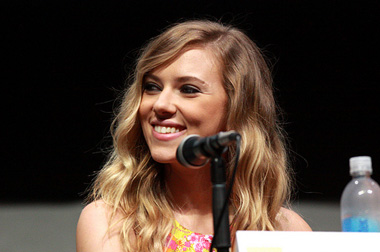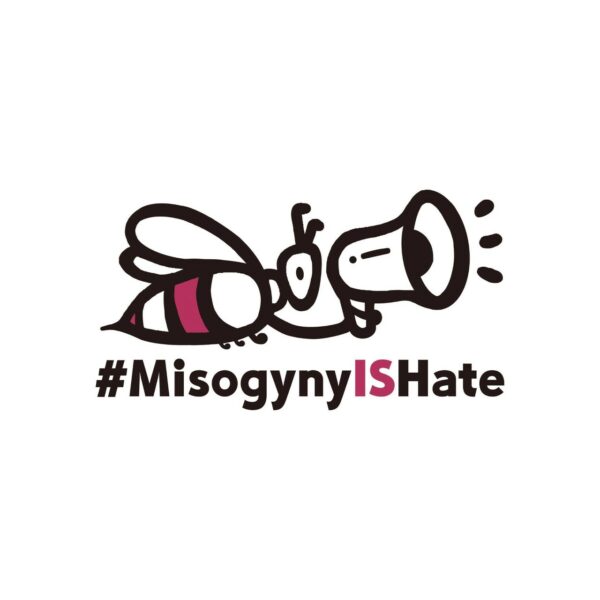Diverse professionals and James Haskell’s MMA switch
After hanging up their boots, gloves or bats many athletes find new endeavours to pursue. Whether they attempt to make it in Hollywood, slap the fake tan on and head to reality television or establish a fashion empire, there are many options for stars outside their natural sporting habitat.
An increasing number of elite athletes are turning their attention to other sports. Many admit to missing the rigour of a stringent diet and training regime, whilst others long for the camaraderie of the dressing room. Such factors have driven former England Rugby Union regular James Haskell towards MMA. Haskell, who starred at Wasps, announced last August he would fight in the Bellator and recently declared that his first contest is imminent.
Haskell is not the first athlete to enter the fight game. The transition into combat sports is a well-trodden path with many world-class performers lacing up the gloves to go toe-to-toe with a more experienced foe. Ashes hero Freddie Flintoff won his sole professional boxing bout against Richard Dawson in 2012, whilst Sonny Bill Williams has won seven contests in amongst a decorated rugby career. Famously MMA icon Conor McGregor also chanced his arm in the ring as he was defeated by Floyd Mayweather in a lucrative encounter.
Combat sports are dangerous though, with many fighters facing a tragic end and so criticism has been directed at those choosing a potentially fatal challenge for fame and finance. It must be noted, however, that often boxing and martial arts organisations run strict tests in order to ensure that every professional does have the capability to look after themselves. This was seen in 2018 when Premier League winner Rio Ferdinand was denied a licence by the British Boxing Board of Control after he intended to add a belt to his brimming trophy cabinet.
Outside of combat sports, the greatest ever sprinter, Usain Bolt, had a fleeting football career, playing for Central Coast Mariners. Though he never featured competitively in Australia. Questions were raised over whether the legendary Jamaican was making a mockery of professionals who trained for years to reach this standard, whilst a rival side’s player compared Bolt’s ball control to that of a trampoline.
There are athletes though, who possess the Midas touch, adapting to any sporting scenario they face. One such individual is Liverpool’s James Milner, who is not only comfortable in most positions on the pitch but could have competed professionally in cricket, darts and long-distance running as a teenager. Another versatile athlete is Ester Ledecka, a Czech skier who also starred as a snowboarder, becoming the first woman to win gold medals in two separate disciplines at the same Winter Olympic Games in 2018. Additionally, Australian cricketer Ellyse Perry made a seamless transition between different professional sports having also represented her nation in football.
What is clear then, is that not all athletes take up a new sport for money or notoriety, some individuals are genuinely talented enough to compete on multiple fronts. Despite recently making a name for himself on television and as a DJ, those closest to Haskell are convinced he has the mental drive and physical prowess to thrive in MMA. Whether it is just a publicity stunt, or whether Haskell has genuinely found a new calling remains to be seen.

























